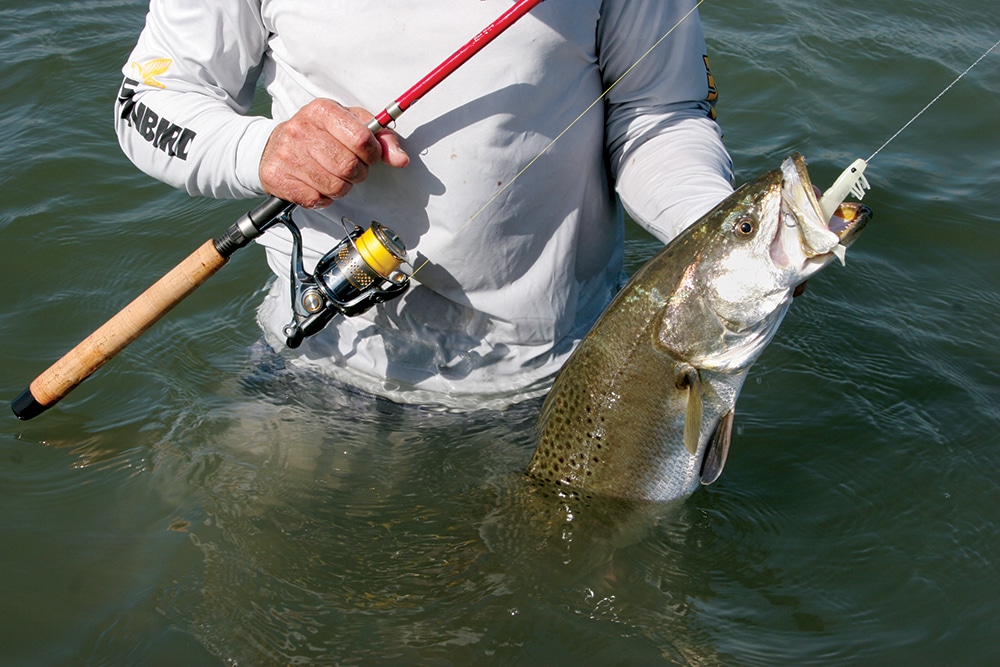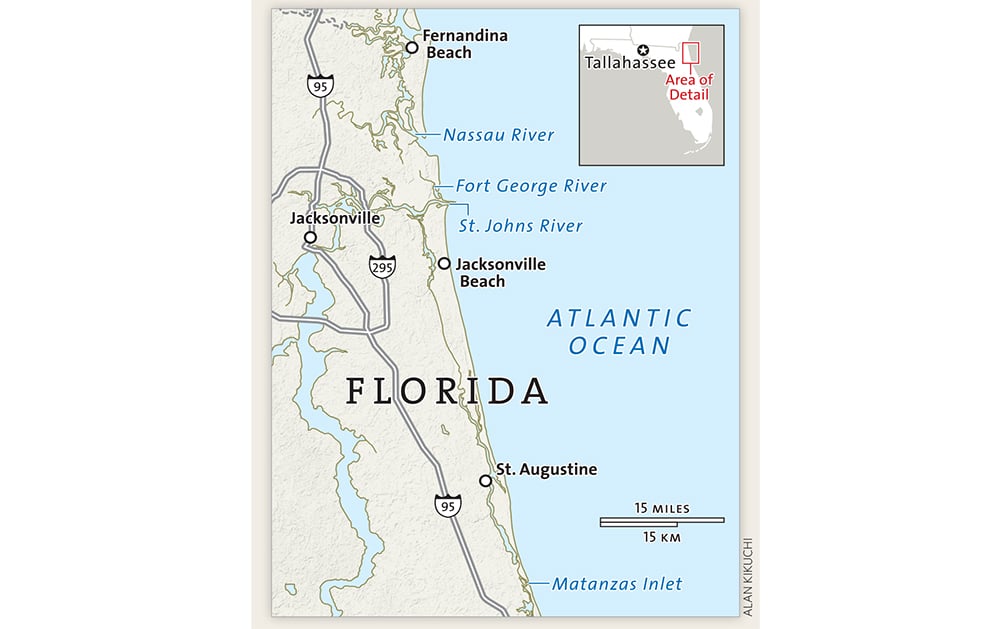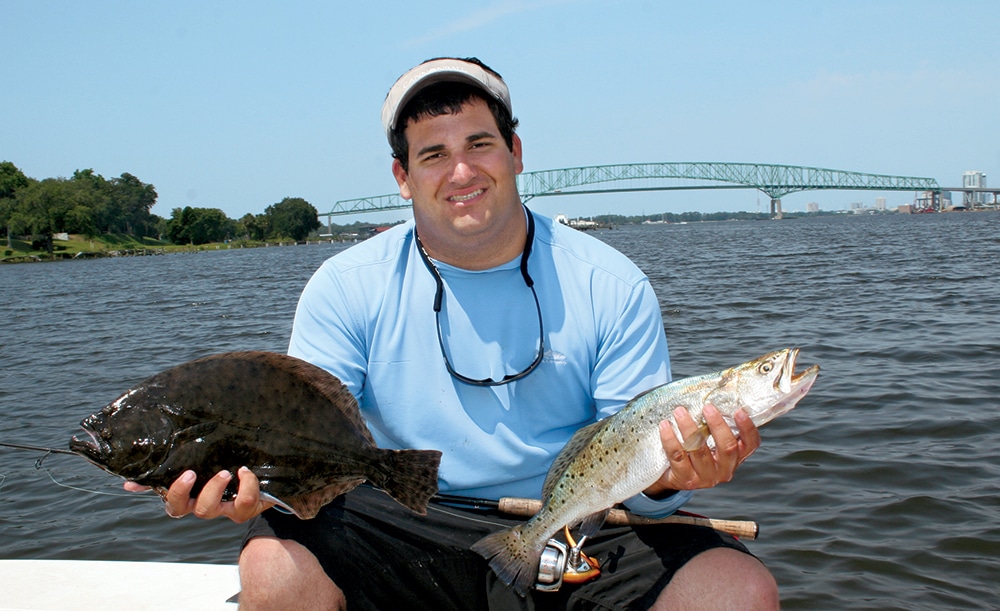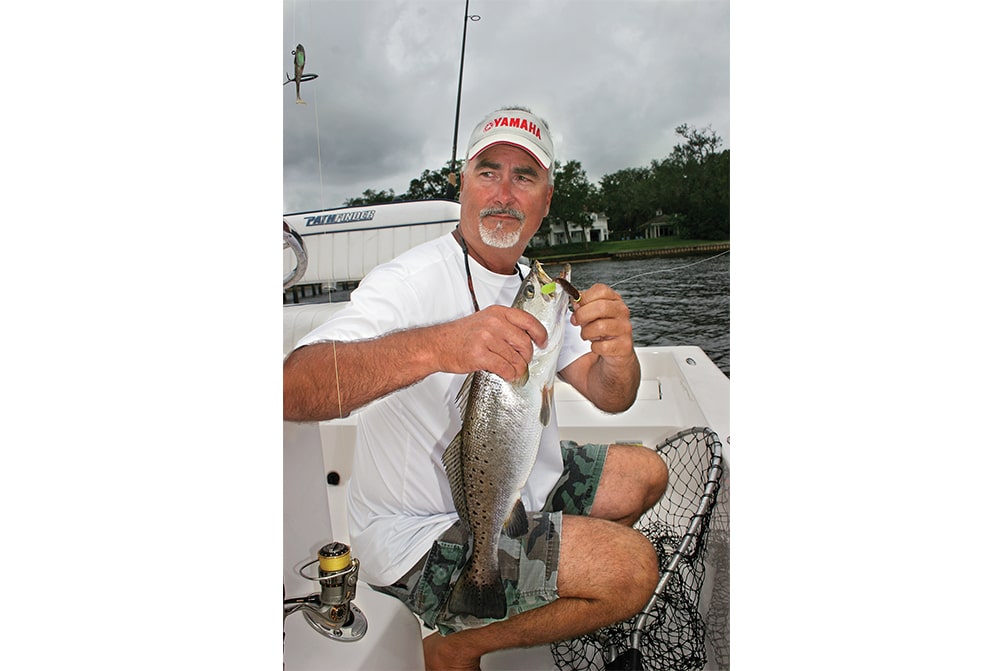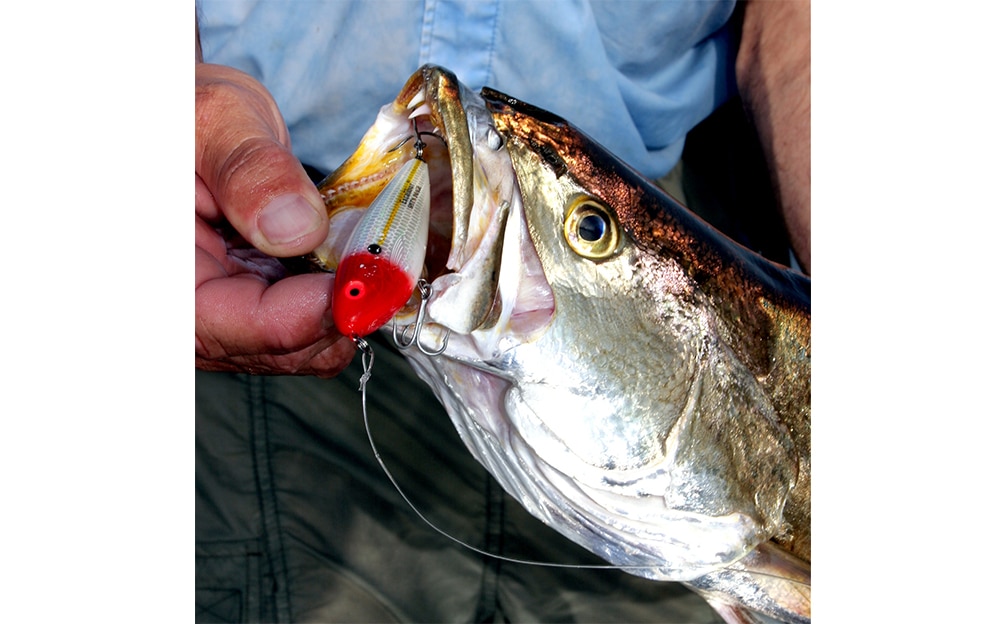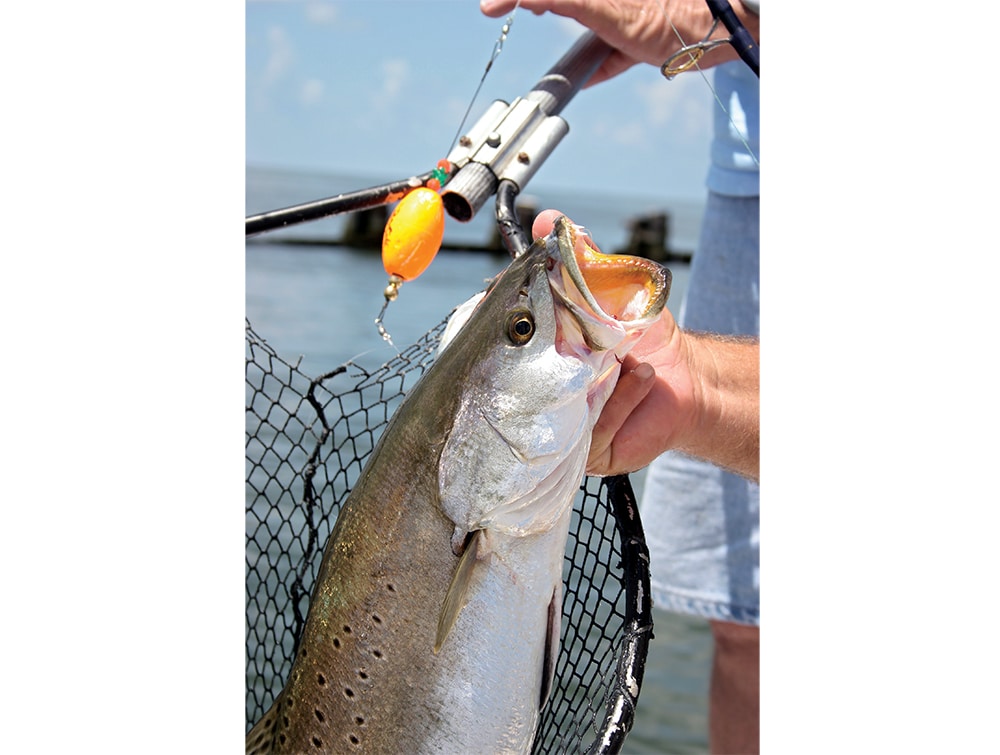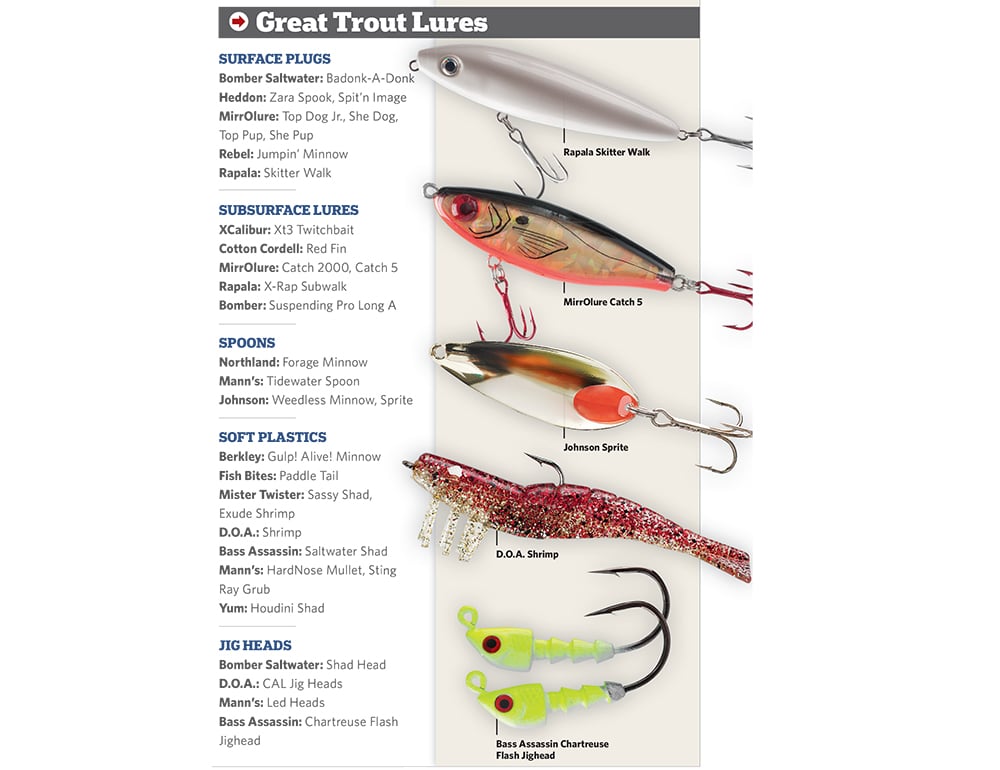NSFA Monthly Social Table Talks Below Lawrence Piper gives away his secrets at the June 2023 NSFA Social and Karl Mzorek tells us how to catch Kingfish & more Lawrence Piper gives away his secrets at the June 2023 NSFA Social and Karl Mzorek tells us how to catch Kingfish & more
___ Leading the charge on handling bull redfish Everyone likes catching big fish. They put up a great fight, come with serious bragging rights, look super cool in a profile pic and, if harvested, they can feed lots of friends and family. Bull redfish are just one example of a popular saltwater species that have anglers chasing “the big one” for their next fish tale. While there is no doubt that monster reds have rightfully earned their place in the big leagues, any redfish angler worth their salt will tell you Right Whales Help us get the word out about how anglers can avoid right whale collisions. As you may know, last year, there was a collision between a boat operating in a tournament and a mother and calf right whale off the coast of St. Augustine. The boat involved in the collision was luckily close enough to shore to beach itself, allowing crew and passengers to leave the boat safely. The calf in the incident died and the mother was severely injured. The boat was a total loss. We are hoping the information in this attached flier might help anglers and boaters avoid similar scenarios. We already have had out first right whale sighting off Florida this year. Can you please share this with your tournament participants or anywhere you feel is appropriate? Also, if you are having an upcoming meeting and would like FWC staff there, we can work on scheduling something. If you need anything more from us on our end, my contact information is below. Thanks. Amanda Nalley Public Information Specialist Florida Fish and Wildlife Conservation Commission Upcoming Meetings & Events
UPCOMING LOCAL FISHING TOURNAMENTS 41st Annual Kingfish Tournament and Fishing Rodeo July 27, 2024 1 S. Front St N parking Lot Fernandina Harbor Marina Fernandina Beach FL 32034 For Sale by Member
News & Topic Forum Updates

_______________________
"Taking the Bait" Wins the 2023 Kingfish tournament with a 47.7 lb. Kingfish. On August 12, NSFA hosted the 40th annual Fernandina Beach Kingfish Tournament and Fishing Rodeo with over $52,000 in cash and prizes paid out. We had a great turnout of competitors with 110 captains and their crews competing for the kingfish prize. This year, NSFA eliminated the small boat division and implemented a 3 mile from the beach eastern boundary so that all kingfish competitors had an equal opportunity to find the prize fish. With the beginning of the fall mullet run, the kingfish were on the beach and 50 teams were able to take advantage, bringing fish to the scales. Congratulations to our winning team on Tak’n The Bait captained by Justin Hammons with a 47.7# fish. NSFA also had 24 crews competing in the rodeo tournament targeting Redfish, Sea Trout, Flounder, and Sheepshead. Despite the high temperatures of the day and the corresponding high water temperatures, our competitors were able to coax some fine catches with 2 teams weighing in the local Slam of Redfish, Trout, and Flounder on the same day. Not an easy feat on such a warm day. Congratulations to our winning captains:
In addition to the cash and prizes, A Torium 40PG Reel donated by Renn Works Outdoor, a 2 night stay at Omni Hotel, with valet parking and breakfast donated by Omni Hotes and Resorts and 4 gift cards to Southern Coast Seafood donated by Lewis Joseph were all raffled off after the awards. A rod and reel combo, donated by Amelia Bait and Tackle was awarded for the redfish with the most spots and a Torium Reel and Star rod combo donated by Jax Drains and Resellers Reef was awarded for the kingfish closest to the Mystery Weight of 17.7 lbs. Captain Chris Eason of Max Effort won the $1,000 traveler award for the biggest kingfish staying in a preferred hotel. Many thanks to our event sponsors and partners, The city of Fernandina Beach, Amelia Island Tourist Development, and the Southern Kingfish Association. We would also like to thank all our generous sponsors, particularly our platinum sponsors, NEFL Sales and Budwiser, the Fernandina Beach NewsLeader, Key West Ocean Outboard Marine, Ameris Bank, and Dave Turner Plumbing. Because of them, NSFA is able to continue our tradition of giving back by funding and awarding the NSFA Merit Scholarships and contributing to other charitable organizations supporting the youth of Nassau County. Please visit our 2023 Sponsors on our Sponsor Page. We would like to also thank all of the Nassau Sport Fishing Association's tireless Volunteers that endured the crazy heat this year to make this tournament happen. Thanks to SolarisFoto for photographing our entire tournament and to Coastal Media Marketing for providing our social media support. We would also like to thank our MC Rick Ryals for another great year. Thank you to the Hampton Inn Downtown, the Marriott Courtyard, and the Residence Inn by Marriott for being our preferred hotels and providing our tournament guests with discounted accommodations. Thanks to Reel Thirsty Ice for being the official Ice vendor of the NSFA Kingfish Tournament. And, so many others. Thanks to everyone involved. And One More, Thanks to all of the Anglers that fished our tournament this year and we hope to see everyone next year. The official results along with tournament photos are posted on our website and on our Nassau Sport Fishing Association Facebook page. | Register Now for the 41st Annual Kingfish Tournament and Fishing Rodeo July 27, 2024 1 S. Front St N parking Lot Fernandina Harbor Marina Fernandina Beach FL 32034 What is being caught this Spring of 2024 . If you have a catch you are proud of just send your pictures and the particulars to Info@nsfafish.net Northeast Florida Seatrout Fishing TacticsCheck out the outstanding opportunities for spotted seatrout on Florida’s northeast coast all year long.
Florida’s northeast coast lies squarely in the center of what one would consider prime spotted seatrout habitat. The area also receives less fishing pressure than many more-publicized trout hot spots, so it might just offer some of the best opportunities available. With miles of Intracoastal Waterway combined with the St. Johns River mouth, Jacksonville is a sure bet. What happened one balmy night with friend Chris Holleman shows how outstanding the spotted seatrout fishing has become in northeast Florida. We met at a downtown Jacksonville boat ramp, where we launched his 18-foot skiff in the St. Johns River as dusk settled and dock lights began to twinkle. He likes a strong-running tide for trout, so the heavy current carries bait and shrimp under dock lights and turns predators on. ADVERTISEMENT First stop was an industrial dock, not far from where the Jacksonville Jaguars play. From the bow, Holleman eased his skiff near dock pilings heading into the current. The water was about eight feet deep, and we fired ¼-ounce grub jigs under the dock, allowing them to swing on a taut line. Holleman immediately caught and released an under-size 14-inch trout, then a second, and was fighting a third when I hooked up, and for the next three hours, we had nonstop, every-cast action. And as the evening got darker, the tide stronger, and more dock lights came on, the fishing got better. At one dock, the hard-falling tide pushed so strong through the pilings that it formed a dozen funnels of rushing water under the lights. In every slot and behind every piling in slack water, trout boiled on shrimp and baitfish jumping to escape. ADVERTISEMENT What I was witnessed was hard to believe — in the heart of the city, no less.
Holleman moved us around to four or five lighted docks over four hours, plus stopping to cast to a few submerged points, bulkheads and bridge pilings. There were trout at every stop. “You got to catch and release lots of 12- to 15-inch seatrout to get a limit of 16- to 20-inchers,” he said smiling as we loaded up for home. “But I’m not complaining, because 100-fish nights are possible, all on lures.” ADVERTISEMENT That night with Holleman wasn’t a fluke either. Trout fishing is as good as it’s been in several decades throughout the region. Hot Trout Fishing in Jacksonville Florida
What has caused this surge in trout fishing? That’s a matter of speculation, but for starters, the abundance of bait in the region can at times be remarkable, as wave after wave of mullet, menhaden, glass minnows, and shrimp wash along with currents and tides. That’s often key to bumper crops of sport fish, and it’s one important clue to pinpointing productive spots for northeast Florida trout. ADVERTISEMENT Find the bait, and you’ve likely found the trout, plus other species too, including redfish and flounder. In the past few years, I’ve lost count of the number of trout/redfish/flounder “slams” I’ve had. One day during summer stands out, as a buddy and I boated a double limit of trout and redfish (two each), five flounder to 4 pounds, a pair of 3-pound common weakfish (called “yellowmouths” locally), and a 6-pound striped bass, plus countless throw-back croakers, all with jigs and small diving plugs in four hours of falling tide. There’s great fishing available year-round, but trout hold to seasonal patterns revolving around water temperature and where bait migrate. Wintertime Fishing is Boom or Bust in Florida
The toughest fishing of the year is December through February, with water temperatures at their lowest, into the 40s and 50s. Most baitfish and shrimp, with seatrout in tow, move into the lower estuaries, river mouths and along the beach. Plenty of trout also are found along drop-offs of the Intracoastal Waterway connecting inlets and rivers. Still, some of the best fishing for the biggest winter trout can be found during the coldest weather. In December, good friend Mike Hayes of Jacksonville, my son Eric and I had a banner day out of St. Augustine. The air temperature was 40 at dawn, and a 15 mph wind made it nippy. By working drop-offs along the ICW with ¼-ounce jigs and 4-inch diving plugs, we tallied 40 fish, with many trout pushing 4 pounds, plus some bonus redfish to 5 pounds and flounder to 3 pounds. Those fish were holding along an ICW dropoff in six to 12 feet of water. But there are times in winter — usually during low tides in backwater mud-bottom tidal creeks and bays — where trout to 5 pounds and more feed in water just two to four feet deep. Jigs and slow-swimming plugs score well, and local anglers troll with electric motors and blister trout. Kayakers towing tandem grub jigs also catch lots of winter trout in six to 12 feet of water. Springtime Seatrout FishingMarch to April is big-trout time. Every year trout over the magic 10-pound mark are caught, and most of them are released. Smaller fish are better on the table, and lunkers are more valuable as spawning stock. Shallow coastal creeks feeding the ICW give up plenty of heavyweights, as do the inlet jetty rocks at Fernandina Beach, the mouth of the St. Johns River, and St. Augustine. Deep water near bridge abutments also produce giants in spring. Eddie Cabler, of Jacksonville, who makes custom jigs, caught and released three trout in April weighing 10 pounds or more. Guide Jeff Crabtree also has caught many northeast Florida trout over 10 pounds, as has Chris Holleman. Summer Seatrout Fishing Strategies
From May through September, bait stocks skyrocket, and with higher temperatures, fish scatter, often moving 30 miles and more up the St. Johns River, for example. Dawn, dusk and night fishing are most productive, anywhere bait is abundant. Hard-running tides are best, and deeper water — eight to 12 feet — is a key factor in locating trout. Submerged shell bars, important for holding feeding trout, also produce good catches of redfish and flounder. Almost any dock throughout the lower St. Johns River, St. Augustine and Fernandina Beach, and along much of the ICW, can be choice for summer trout, especially at night when lights draw bait. Fall Fishing for Speckled Seatrout
October through November is the height of the mullet and shrimp run, and where such baits are found en masse, trout and other game fish are nearby. The lower reaches of major rivers and inlets offer great fishing, and surf casters get into the action with trout and other species when mullet are moving along area beaches. One October morning, my wife, Chris, and son Eric and I fished docks at dawn for seatrout in the lower St. Johns River. We hit the fish and tide just right, and caught about 30 trout, plus two redfish and three flounder, and were back home by 10 a.m. I talked to two buddies that night at a party. Both had fished that morning too. One had caught a six-fish limit of seatrout from the surf while casting live shrimp from the Jacksonville Beach Pier. The other friend had fished Fort George Inlet from his kayak, and while he caught more flounder and redfish than trout, he still collected a limit of six fish to 3 pounds. Now that’s good fishing by any area standard and over a huge coastal region. Northeast Florida Seatrout Fishing Tips
Copyright © 2024 Salt Water Sportsman. A Bonnier LLC Company. All rights reserved. |

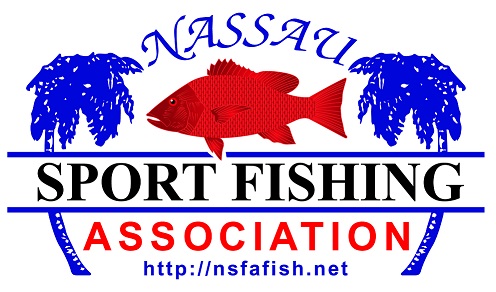
.png)
